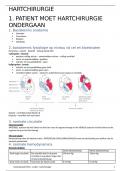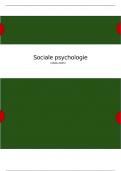Samenvatting
Summary Mandatory chapters MarCom
- Vak
- Instelling
- Boek
For the course Marketing Communications of the master Marketing Management at Tilburg University, you need to read/learn four chapters: 3, 4, 6 and 12 of the book Marketing Communications: A European Perspective of Patrick De Pelsmacker. This is a summary of those mandatory chapters.
[Meer zien]










